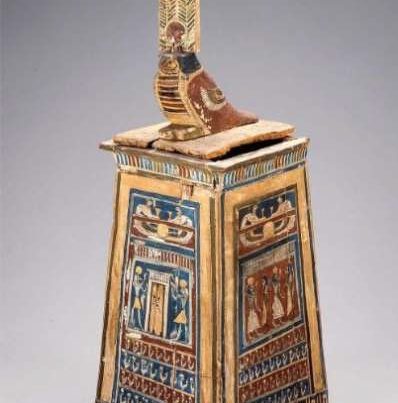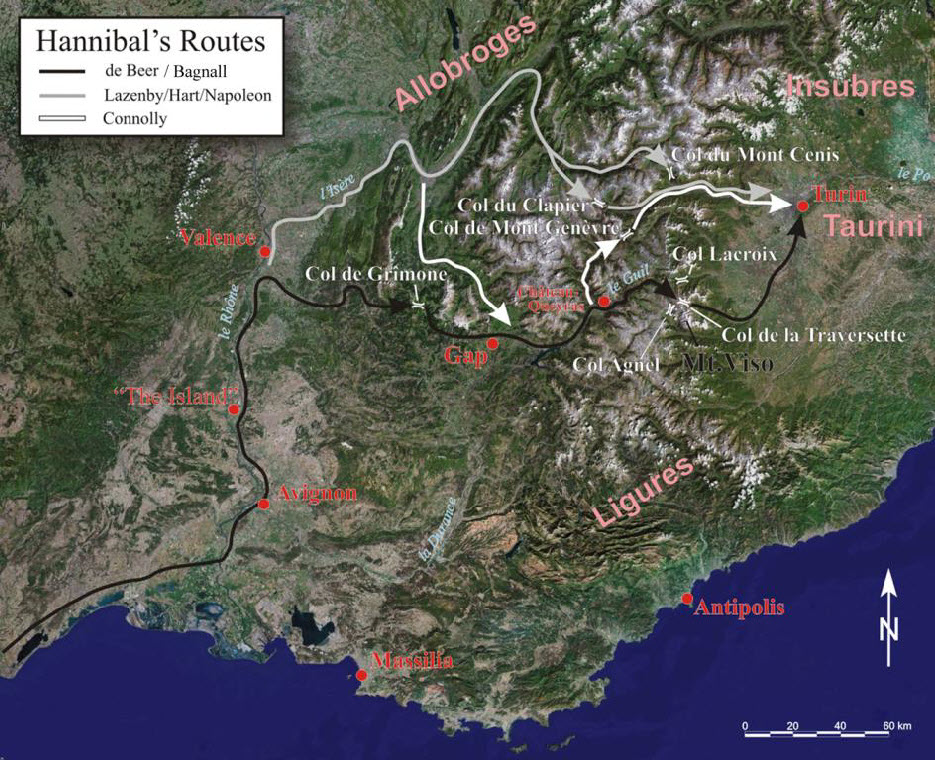by Mona F Ali, Sawsan S.Darwish and Ahmed M. El Sheikha
ABSTRACT
This research presents the results of the study of unknown mummiform cartonnage from Egyptian museum stores that dates back to the late period (712 BC until 332 BC). It was decorated with blue-red-black-white and yellow pigments on the canvas support which prepared with thin ground layers. The cartonnage con-tain many parts that are missing due to poor storage in the basement of the Egyptian Museum and the spread of mice, in addition to stains resulting from their droppings. This has led to the oblitera-tion of some colors, in addition to the separation and micro crack of the ground layer, paintings and layers of canvas supports. The research aims to study the stratigraphic structure of the Cartonnage Fragments by Optical Microscopy (OM), Film analysis (UV-induced fluorescence imaging) and Multispectral Imaging technique that included (VIS) Visible light, (IR) Infrared CCD Reflected light, (IRF) Infrared Fluorescence, (IRFC) Infrared False Col-ors, (UVR) Ultraviolet Reflected light, (UVF) Ultraviolet Fluorescence, and (UVFC) Ultraviolet False Colors. The analytical techniques utilized in this study were Scanning Electron Microscopy (SEM) equipped with an energy dispersive X-ray detector (EDS), X-ray diffraction (XRD), Fourier transform infrared spectroscopy (FTIR), Raman and X-Ray Fluorescence (XRF) spectroscopy. The results indicated that canvas support con-sists of about one to three layers of linen, ground layer consists of calcium carbonate, pigments including Egyptian blue, red Hematite and yellow Orpiment were identified. The binding medium was identified as animal glue.
![]()



